Lets say that I have 2 groups consisted of 2 sub-groups. Each sub-group is consisted of 2 actors.
How can I represent in a UML use-case this actor who is member of a specific sub-group which is part of a bigger group?
Lets say that I have 2 groups consisted of 2 sub-groups. Each sub-group is consisted of 2 actors.
How can I represent in a UML use-case this actor who is member of a specific sub-group which is part of a bigger group?
Why do you need to identify a specific individual? Remember Actors represent Roles played by individuals, not the individuals themselves. To use a simple programming analogy, Actors are like classes, individuals are like objects.
If instead you want to represent subset relations among Actors (Roles) then you can use the subtype relation, e.g.

So Premium Members are also Members and in turn also Users. But not all Users are Members, and not all Members are Premium Members.
Now whether going to that level is a good idea is an entirely different question. Judicious use can be helpful, but expansive Actor hierarchies rarely are.
hth.